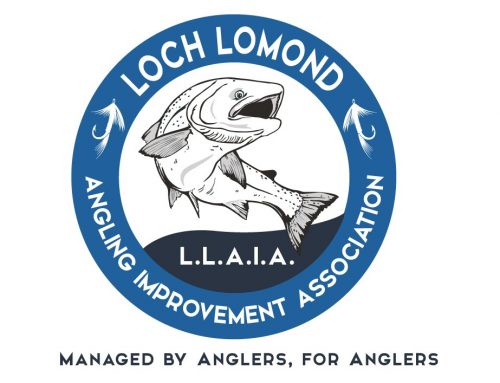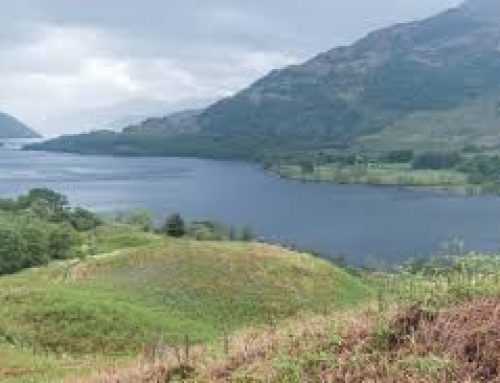As members are now no doubt aware last week the RACCE committee voted on party lines and rejected the attempt by Alex Fergusson MSP to annul the proposed conservation measures. While extremely disappointing this result was not unexpected as it has been apparent from very early in this process of wild fishery reform that there would appear to be an agenda in play that is taking scant regard to either good science or anglers wishes.
Our lawyer who was looking into the possibilities of a challenge using judicial review has written to the committee stating he was impressed that the LLAIA had managed to achieved a good slice of the debate courtesy of Jackie Bailey MSP, it was a pity therefore that the vote went along party lines rather than on merit. The committee have no doubt that morally we won the argument but as noted above this process has in our opinion had little if anything to do with fact or natural justice.
It is worth noting that these conservation measures are being introduced in response to the threat of proceedings by the EU against Scotland for breach of the Habitats Directive 92/43/EC. If Scotland cannot show that it is compliant with the directive it faces the possibility of large fines from the EU. In order to meet our obligations under European law the conservation measures have been introduced with some speed. The result is that the measures have not been as fully and thoroughly thought through as might otherwise have been the case and while many believe the model utilised by MSS would appear to be fit for purpose, there are serious misgivings across Scotland about the quality of the data inputted into the model and a perceived lack of clarity regarding the process for its improvement.
An informal group of rivers Trust biologists sought to address areas of concern directly with MSS in late 2015. Particular areas of contention include:
• the ‘one size fits all’ approach. There is a criticism that the enormous variation in conditions around Scotland cannot be reflected in such an approach and there needs to be recognition of regional diversity.
• estimates for wetted area, inclusions of lochs
• estimates for fecundity (reproduction levels)
There would appear to be general agreement amongst Trust biologists that while there is a need for conservation limits and that the model could be used, the current data utilised by the model are not. It appears that MSS accept that the model needs to be improved and that it will be updated on an annual basis, which provides us with hope that we could shift our system to a category 2 or 1 if the data is in our favour.
Provided that the Scottish Government puts proper processes in place then our lawyer cannot see a prospect of a successful judicial review of the Scottish Government’s scheme. However, should the Government fail to make progress on this issue then there could be a case to challenge their approach in the courts, but this would not be until 2017 at the earliest. The implications of the above are therefore quite clear for the Association as we move into the current season:
• The Scottish Government has now turned the Loch Lomond fishery into a 100% catch and release salmon fishery for the 2016 season:
• All carcass tags issued up until this time are now null and void
• All salmon, whether alive, dying or dead must be returned to the water. There are no exceptions for bleeding fish or deeply hooked fish. Members should be aware that the Government have now passed legislation prohibiting the taking of any salmon in the Lomond system even if they are dying or dead and any infringement is now punishable in the courts.
• Sea trout can still be retained between 1 May and 30 September.
The committee are deeply disappointed with the way things have gone, we have lobbied at the highest levels and made an impact, however, in our opinion it would appear that this whole process was a done deal from the very beginning. Nevertheless we will continue to challenge on your behalf and will if necessary re-visit a possible legal challenge should the Government fail to deliver as they have indicated. We have also began to consider our options regarding a future FMO and we will update you on negotiations in due course.
Finally, on Thursday RAFTS met for their annual conference allowing committee members of the LLAIA to forcefully highlight our concerns regarding how conservation levels were reached and questing why the Association should engage with Government in the future with regards to the formation of an FMO within the Clyde FMA when they effectively ignored our concerns on conservation measures. Feedback on the day indicates that government want us ‘in the tent’, however, we must reserve the right to disengage if we think this is the appropriate route to take. We were also able to question MSS scientists around the licensing arrangements to control fish eating ducks. The points we made around a presumption for granting of licences to category 3 waters was very well received in the body of the hall and we await the results of our current application which should be with us very soon.
LLAIA Committee



